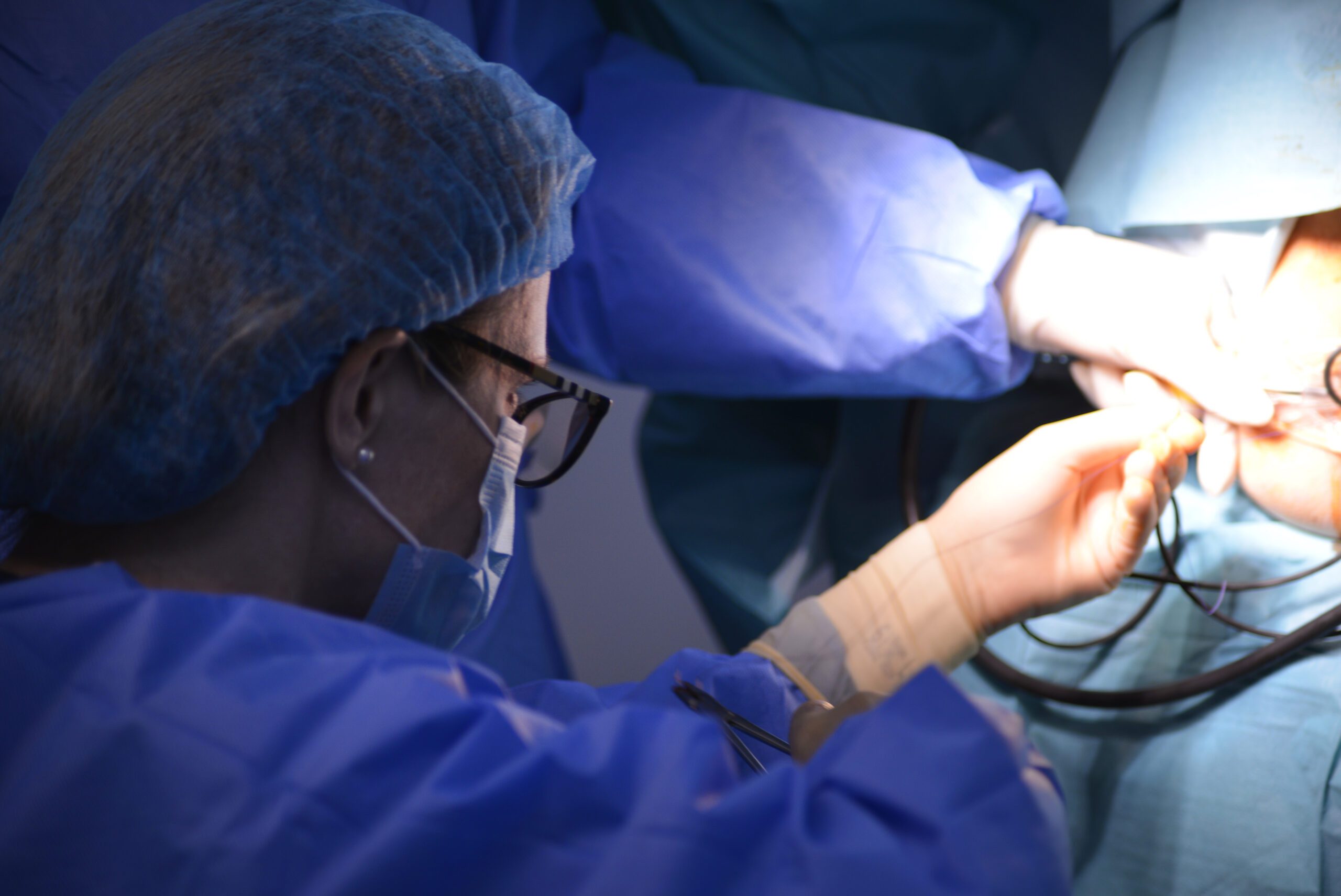- Home
- /
- Advanced Hemorrhoid Treatments: Laser...
LPH (Laser Hemorrhoid Procedure)
LPH (Laser Hemorrhoid Procedure) is the least painful and fastest surgical method to treat hemorrhoids, with same long term recurrence rate than the standard hemorrhoid procedures. During the procedure a laser probe is introduced through pinpoint incisions just outside the anal opening and navigated under the external and internal hemorrhoid cushions. Laser energy is applied to coagulate the hemorrhoid vessels and attach the prolapsing cushions back to the muscle wall of the anal canal. This method is much less painful than any other method of hemorrhoid surgery. Most of the result is visible straight away, but it continues to improve (shrink and retract for 6 to 8 weeks after the procedure as the laser light induces tissue regeneration.
Hemorrhoidopexy
Hemorrhoidopexy means suturing up the falling (prolapsing) hemorrhoids and shrinking their blood supply. Since normal size hemorrhoidal cushions are part of normal anatomy, this surgery restores normal anatomy instead of cutting away the hemorrhoid cushions. Depending on the length of pexy more advanced or less advanced hemorrhoidal prolapse is also being handled. Hemorrhoidopexy is much less painful, than hemorrhoidectomy. There are two main ways of doing it: suturing with surgical threads or stapling with a surgical circular stapler. If external components (skin tags) do not reduce by the pulling in forces of the pexy, they either remain or needs to be cut traditionally. Suture hemorrhoidopexy is combined with Doppler ultrasonography to guide the suture to catch the main artery supplying the individual hemorrhoids, this is called ultrasound guided hemorrhoid artery ligation.
Hemorrhoidectomy
Hemorrhoidectomy is the old fashioned and well-established way of operating hemorrhoids: cutting them away. It can be performed by scalpel, electrocautery or laser. Either way it results in wounds – normally three – running up the whole length of the anal canal. The wounds can be left open (Milligan-Morgan Hemorrhoidectomy) to avoid complications of the inevitable infection from stool bacteria, or they can be closed with sutures (Park’s or Ferguson Hemorrhoidectomy) with the intention of faster healing.
Traditional hemorrhoidectomy is the surgery, which is responsible for the famous bad reputation of hemorrhoid procedures. It is very painful indeed! Patients often describe the experience of going to toilet after this surgery as passing knifes. The healing takes several weeks and the pain can lead to anal fissure formation (one of the wounds not heal fully but turns into a chronic wound ergo fissure). Nowadays we try to avoid traditional hemorrhoidectomy, but occasionally, in case of large and fixed external components, at least part of it still needs to be performed.
What to expect when going for this procedure?
Hemorrhoid surgeries are done under deep sedation or general anaesthesia (even the quickest and least painful ones, just to avoid the embarrassing situation and the unavoidable discomfort from having the operative anoscope in the anus) so before the procedure you need to have a meeting with the anaesthetist. Because of the anaesthesia, a period of 6 hour fasting is required before surgery. There is no need for a thorough bowel preparation, but in case you could not go to toilet in the morning before surgery, you will be given an enema (a small bottle of washout of the rectum from below). If you prefer, your doctor can prescribe this for you, and you can give it to yourself at home in the morning. Otherwise your day care nurse will give it after you settled in at the day care unit. You will be requested to come a few hours before your scheduled procedure time for these preoperative necessities.
The surgery takes 30-60 minutes for traditional cutting hemorrhoidectomy, 40-45 minutes for hemorrhoidopexy and 5-15 minutes for Laser Hemorrhoid Procedure.
After the surgery you will feel minimal pain, because your doctor will give you a numbing injection, during surgery, to the nerves of the anal area (pudendal nerve block). You will receive a detailed explanation about the medications prescribed, and how to take them: you will be given anti-inflammatory painkillers, local anaesthetic jelly and antibiotics.
Your doctor will let you go home a few hours after the procedure, once you are fully awake, pain free and managed to eat and drink and pass urine.
Your doctor will give you a number to contact her in case of emergency as well as arrange a free follow-up visit for you within 2 to 5 days.
Healing takes 1-5 days for Laser Hemorrhoid Procedure, 3-14 days for hemorrhoidopexy and several weeks for the traditional cutting hemorrhoidectomy. The operative times and healing times depend also on how advanced the hemorrhoids are and on the patients pain tolerance.
